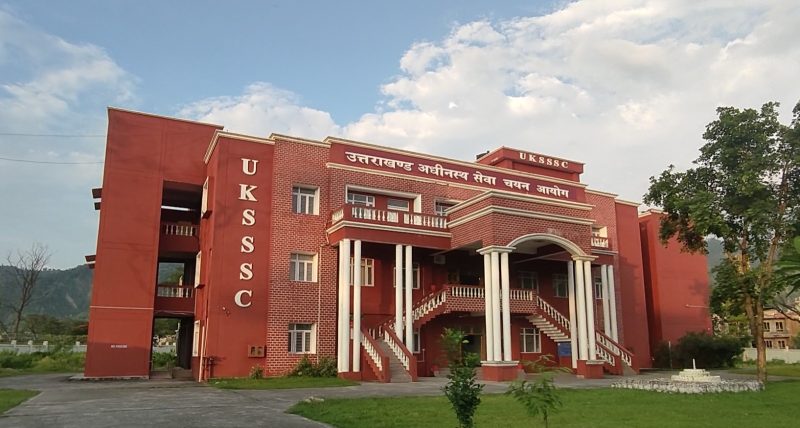DAINIK NATION BUREAU : Delhi has witnessed a historic downpour that shattered a 41-year-old rainfall record. The heavy rainfall brought relief from the scorching heat, but it also led to waterlogging, traffic disruptions, and other challenges. As the city grapples with the aftermath of this exceptional rainfall, weather experts predict the likelihood of more showers over the next two days. This article explores the significance of Delhi’s record-breaking rainfall, its impact on the city, and the potential implications of further precipitation.
Breaking the 41-Year Rainfall Record: On July 19, 2021, Delhi experienced an extraordinary spell of rainfall, with the city receiving 119.3 millimeters of rain in just 24 hours. This surpassed the previous record of 95.5 millimeters, which had stood since 1980. The heavy downpour caused waterlogging in several low-lying areas and disrupted normal life in the city. The record-breaking rainfall is a stark reminder of the changing climate patterns and the increasing intensity of monsoon showers in recent years.
Impact on the City: The deluge resulted in numerous challenges for the residents of Delhi. Waterlogging was reported in several areas, causing inconvenience and hindering daily activities. Traffic congestion and disruptions affected transportation, leading to delays and cancellations. Additionally, incidents of power outages were reported due to the heavy rainfall. The overflowing of drains and sewers further exacerbated the situation, highlighting the need for better infrastructure and preparedness to mitigate the impact of such weather events.
Potential Implications of Further Showers: As per weather forecasts, Delhi is likely to witness more rainfall over the next two days. While this brings respite from the sweltering heat, it raises concerns about additional challenges. Continued heavy showers can further exacerbate waterlogging issues, disrupt traffic, and pose risks of flash floods in low-lying areas. The authorities must remain vigilant and take proactive measures to address these potential consequences and minimize the impact on residents.
Preparedness and Infrastructure: Delhi’s record-breaking rainfall serves as a wake-up call for improved preparedness and infrastructure development to tackle extreme weather events. The city needs robust drainage systems, efficient stormwater management, and well-maintained roads to mitigate the effects of heavy rainfall. Investing in climate-resilient infrastructure and urban planning can help Delhi adapt to changing climate patterns and ensure the safety and well-being of its residents.
Individual Responsibilities: While the government and civic authorities play a vital role in managing and responding to heavy rainfall situations, individuals also have a responsibility to contribute to the overall preparedness. Citizens can take measures such as clearing clogged drains near their homes, avoiding unnecessary travel during heavy rain, and adopting water conservation practices. These collective efforts can contribute to minimizing the impact of heavy rainfall and fostering a more resilient city.
Delhi’s record-breaking rainfall has drawn attention to the changing climate patterns and the need for better infrastructure and preparedness. As the city faces the aftermath of the heavy downpour and prepares for more showers in the coming days, it is crucial for authorities, residents, and stakeholders to work together to ensure effective management, mitigate risks, and build resilience. By investing in climate adaptation strategies and implementing sustainable practices, Delhi can strive towards becoming a city better equipped to handle extreme weather events and safeguard the well-being of its residents.
 Dainik Nation News Portal
Dainik Nation News Portal

